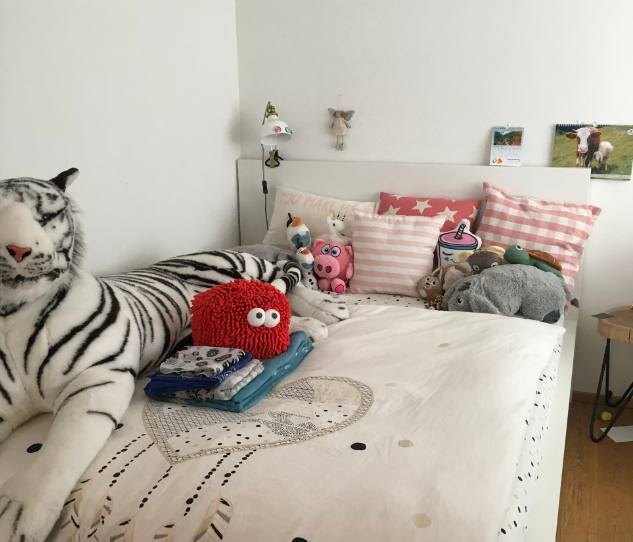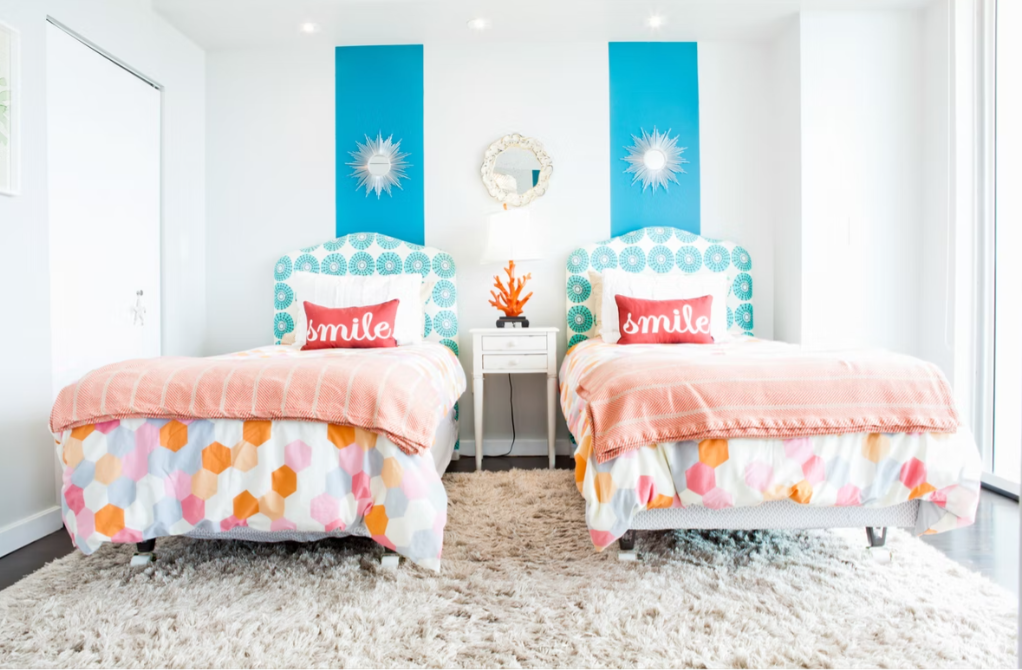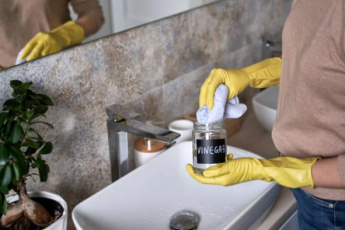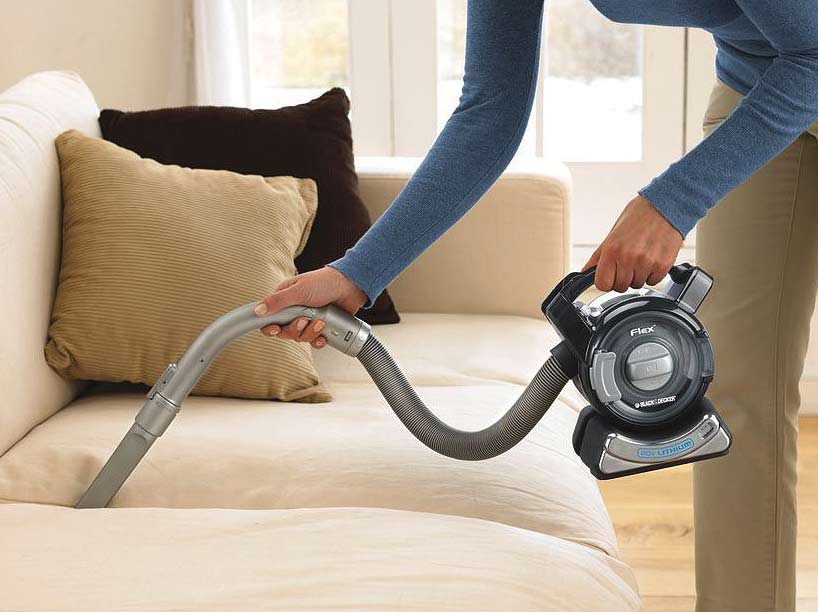Tips for Freshening up your Kids’ play Through Toy Rotation

Is your house drowning in toys? Do your living areas look like they’ve lost a battle with your kids?

Photos By: Unsplash
Do they have enough toys to sink a ship? If you find yourself answering yes, then it might be time to think about setting up a toy rotation to regain calm in your home.
If you haven’t heard of the concept before, it involves putting most of your child’s toys away in storage and only keeping out a select few. You then switch these out with another set of toys after a few weeks, or when your kids lose interest.
Believe it or not, less is more! By stashing the bulk of the toy explosion into storage, bringing activities out in smaller quantities, and rotating them regularly, your kids will be more engaged, and you’ll get your sanity back. Here’s the how and the why of toy rotation; we promise it works!
The why
Toy rotation reduces stress
Have you ever found yourself staring down a mess, not knowing where to even start? Having toys strewn everywhere makes it harder for both you and the kids to clear up, because it can feel too overwhelming. Not only does it mean the mess remains, it can also add to your stress levels.
The brilliance of toy rotation is that having fewer toys available, along with a storage spot for each toy, removes that mental block and makes it easier to clean the floor each night. Even toddlers can clean up their toys quickly if they know where each toy’s home is.
It’s better for your kids
Having fewer toys available stimulates a child’s imagination. It improves their focus by removing the indecision overwhelm. When they have too many options, it’s harder to decide what they want to play with.

The how
Step 1: Get prepped
You’re sold on the concept of toy rotation – now what? First of all, this step is more straightforward when your kids aren’t home. If you can work on this while they’re at school, daycare, or grandma’s for the night, you’ll find it less stressful and save a few tears.
- Purchase some large storage tubs for out-of-rotation toys and have smaller trays and baskets for the toys you’ll have on display.
- Have some marker pens and stickers handy, so you can see at a glance what’s in each box of stored toys.
Having these ready for your toy-sorting mission means you can hit it all at once without needing to run out to the shops and losing your momentum.
Step 2: Get started
Start by gathering all the toys into one room. They won’t stay there, so it doesn’t matter where you choose for this step. Pick somewhere large enough so you have room to move as you’re sorting.
- Bag up any toys with missing or broken parts and take them to the tip.
- Sort any toys in decent condition, but developmentally too young for your children, and set aside to be donated.
- Do the same with any obvious doubles of toys you have.
This way, you can start organising with only the toys you know your children will want to play with.
Step 3: Sort
At this step, you’re working with the toys you want to keep.
- Sort them into categories or themes – movement, construction, Lego, dolls and their accessories, dress-ups, etc.
- Box up each set of toys and clearly label so you can find them in the future.

Step 4: Display
This is the fun part! If you’ve been suffering from toy overwhelm for a while, your kids have likely forgotten some of their toys exist, so prepare for a feeling of Christmas morning!
- Choose which toys you wish to include in your first rotation. Pick 3-4 sets of toys per child and display them on trays, baskets or open bins so your children can see the whole collection.
- You might want to choose a theme to tie the toys together, like “under the sea” or “things that move”.
- Leave the toys out for a few weeks, or until you see your children losing interest in them.
- Once it’s time to rotate, switch out those toys, either removing all of them entirely or just the toys they’re bored with. (Tip: as with the initial sorting phase, it’s easier to do this when your kids aren’t home!).
- Set out the new toys and again watch the magic as your kids refocus and delight in their “new” toys.
Step 5: Store
Store the toys not in the current rotation in tubs or boxes where your kids can’t see them – out of sight, out of mind. Come up with an organization system that works for you, so you know where they all live, and it’s easy to rotate the toys regularly.
You can do the same with books
The concept of rotation doesn’t just have to be applied to toys. If you’ve got an extensive home library, but it feels like your kids are always reading the same books, rotation is the answer.
- Pack all but a select few books away. For your first rotation, pick a couple of favourites and a stack of books they haven’t read for a while. Aim for around 10 books.
- Purchase an open-face bookshelf and display just those books in rotation.
Your kids will love seeing all the covers of their books before choosing what they wish to read, and you’ll appreciate not reading the same book again and again until you find yourself muttering it in your dreams.
It might sound too simple, but toy rotation is the best way to freshen up their play and improve everyone’s stress levels. Beneficial for everyone, easy to do and with proven benefits – you’ll wonder why you didn’t start it years ago.






